Best running watches 2022: Find your next essential workout aid

As we approach a new year, it’s time to take stock of fitness levels and our overall health. If you’re looking to get started with running, it can feel like a (very literal) uphill struggle.
What the expert says
“A good running watch not only lets you know how far, or how fast, you’ve been running, but it gives you a whole range of insights that you can use — along with your awareness of your body — to guide your training and monitor your fitness progress. ” Kieran Alger, ultramarathon and marathon runner, and fitness editor.
Thankfully, the best running watches can be a huge help, with options from brands like Garmin, Apple, and Huawei offering devices for almost every price point. With some of the latest models featuring more advanced features, you can feel like you have a personal trainer on your wrist.
Whether it’s helping you to squeeze a few hundred meters onto the end of a run, or improving your pace to help you achieve a new personal best, the best running watches on offer are also great for newcomers to the hobby.
Below, you’ll find our top picks, specifically chosen with runners in mind. If you’re looking for more of a general smartwatch that can track sleep or aid with stress management, our guide to the best fitness trackers has more great options.
Best running watches
The Garmin Fenix 7 is the easiest of the brand’s running watches to recommend thanks to its mix of a classy design with a wealth of fitness features. It has a metal chassis, so it’s very durable, and the display is impressively bright at all times – ideal for running at night, or glancing at your wrist in bright daylight.
That display is “Always On” too, and still hits an impressive eighteen days of battery life (or up to 57 days with battery saver switched on). Thanks to built-in GPS and onboard storage for music, you can also leave your phone at home. Even better, the Fenix 7 can download a chunk of map data to help with navigation when you’re out and about.
The only downside is that it’s a pricey option, starting from $699 for the 42mm version. Still, it’s an ideal choice for an intermediate runner looking to train harder and faster, and it works for cycling too.
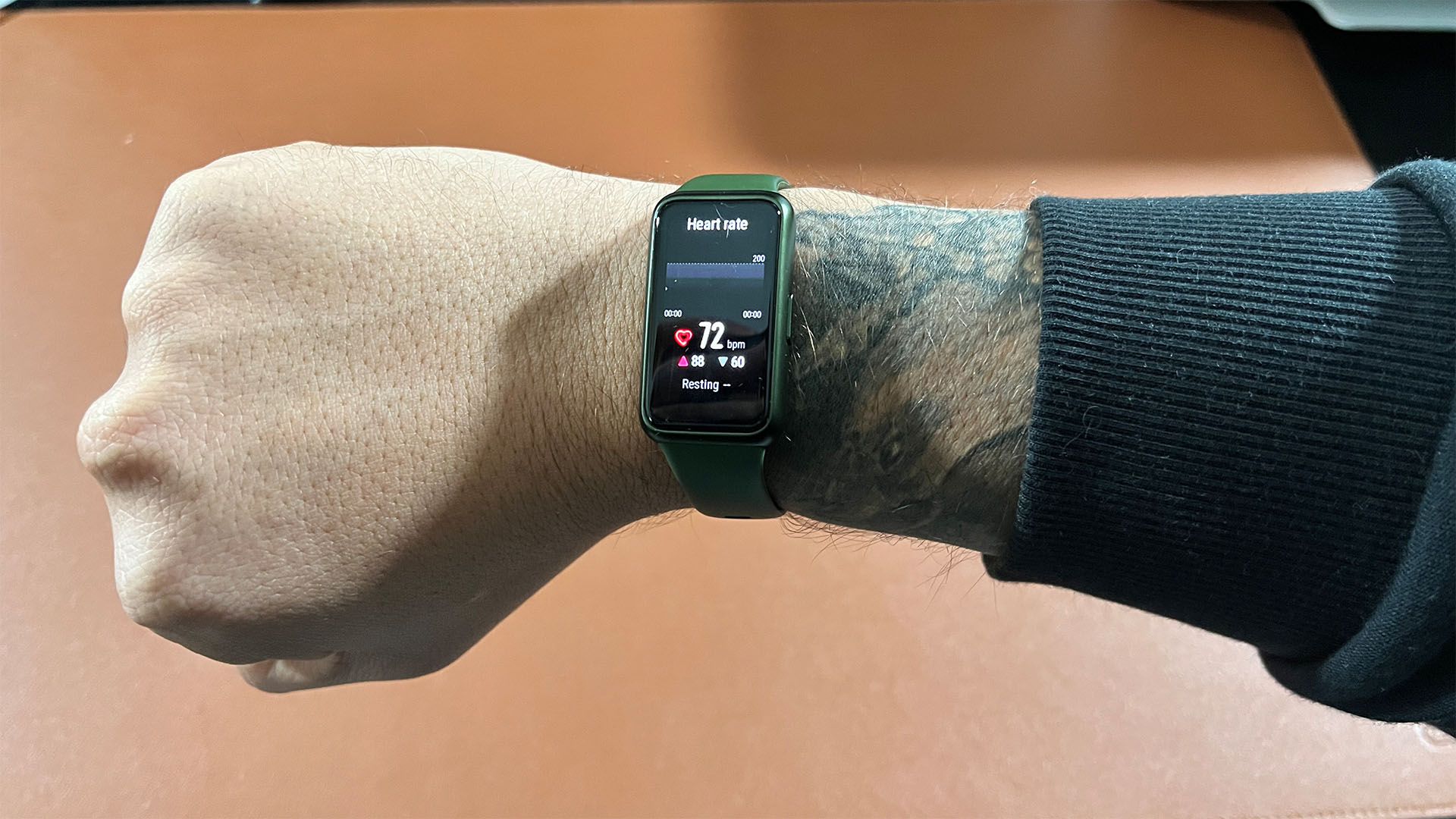
The cheapest option on this list, the Huawei Band 7 confidently strolls into the Fitbit Inspire’s territory at just $59.99 — if you can find it in the U.S.
For that almost imperceptibly low cost, you’ll be able to track your heart rate, steps, and even blood oxygen levels for up to two weeks thanks to its long-lasting battery life.
There’s even an AMOLED display that’s full of color, and while it’s very much a closed ecosystem in terms of what you can do with your data, it’s a great first choice. You will, however, need to take your phone with you on runs since there’s no GPS or onboard storage on offer.
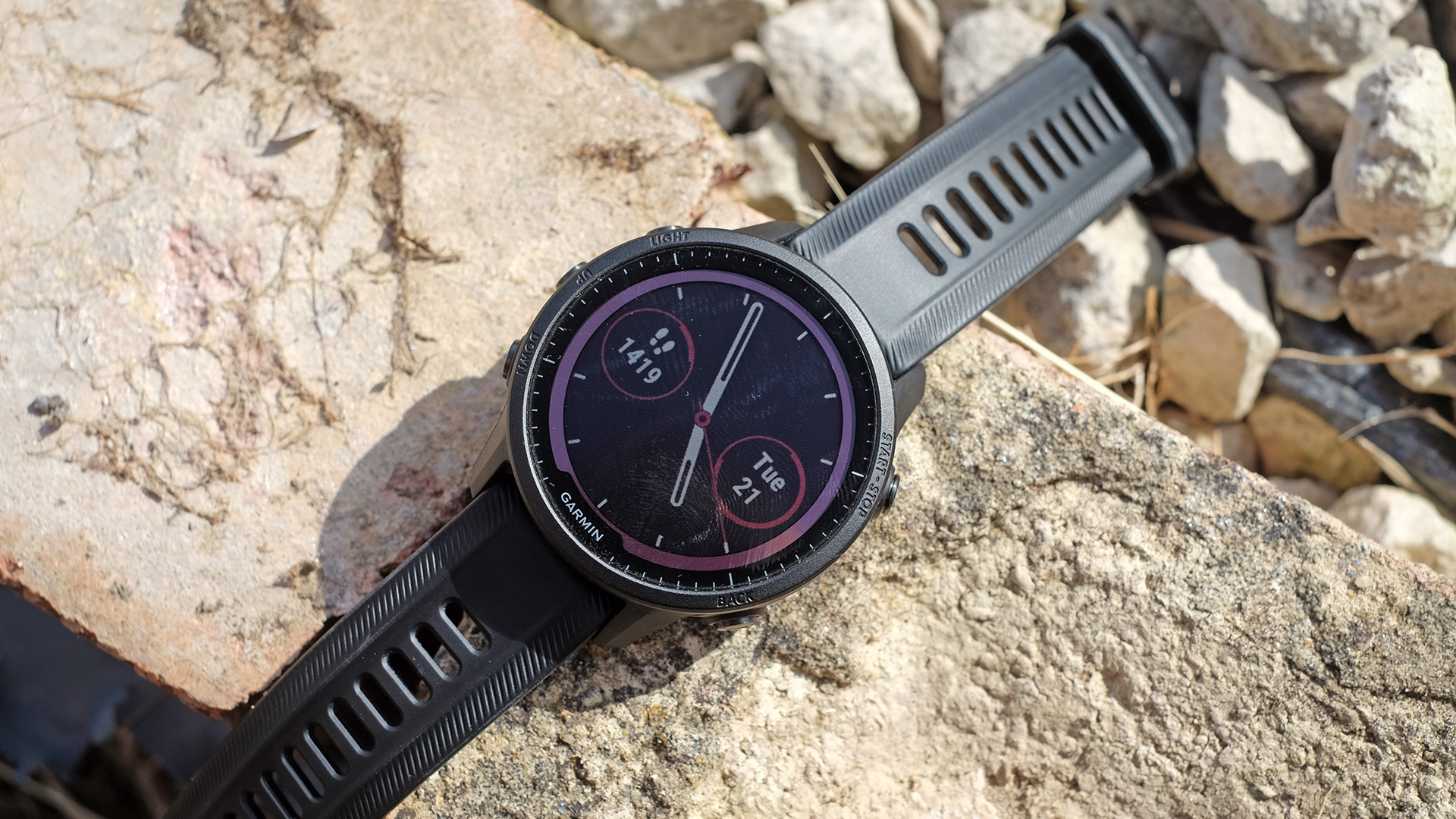
If the Garmin Fenix 7 is (understandably) a little too pricey, the Forerunner 955 is still an excellent running watch that’s well worth a look. You lose the metal back (the Forerunner 955 is plastic), some water resistance and other features, but it’s still a great option and arguably even better for newer runners.
Offering an almost personal trainer-like set of features, the Garmin Forerunner 955 is able to present a readiness score that tells you how well rested you are and whether it’s time for a big run or a more relaxed day. It has a race widget to help you power to a podium finish, and it has suggested workouts to help keep things fresh.
Again, the solar charging is an optional extra, but 15 days of battery life is more than enough for most, and it can store map data locally, all while tracking you with onboard GPS.
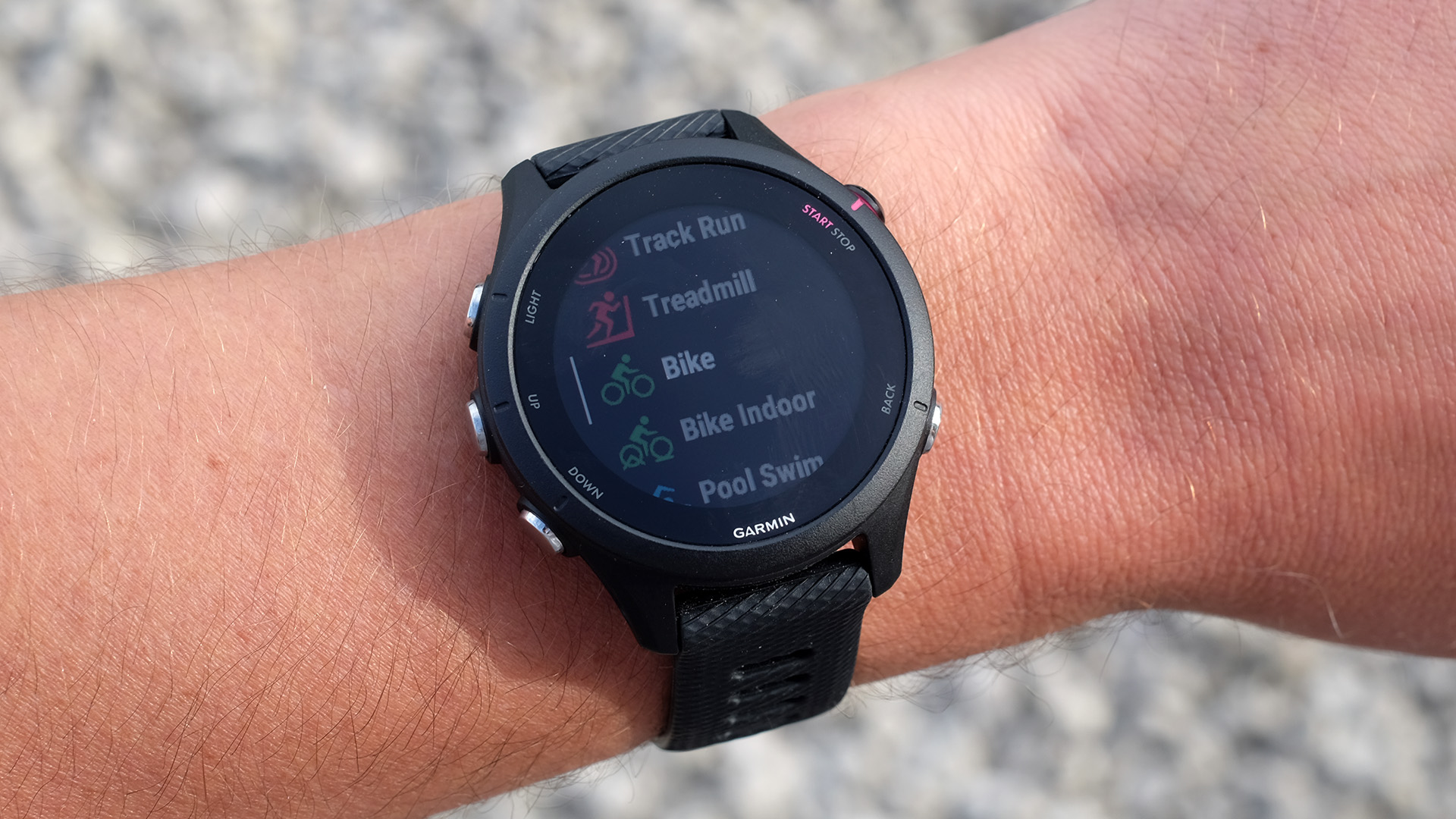
Garmin’s Forerunner 255 isn’t quite at the entry level pricing of the Huawei Band 7 on this list, but it’s certainly cheaper than its bigger, chunkier brothers. It’s much more svelte, too; a slimmed down device that swaps function for form. The bezel is thinner and less cluttered, it’s lightweight thanks to a plastic chassis, and it weighs just 39g.
That does come at the cost of durability and some additional features, however. You’ll also need to buy the “Music” variant to gain access to local storage for music and playlists, and there’s a drop in battery life – although it’s still better than the Apple Watch.
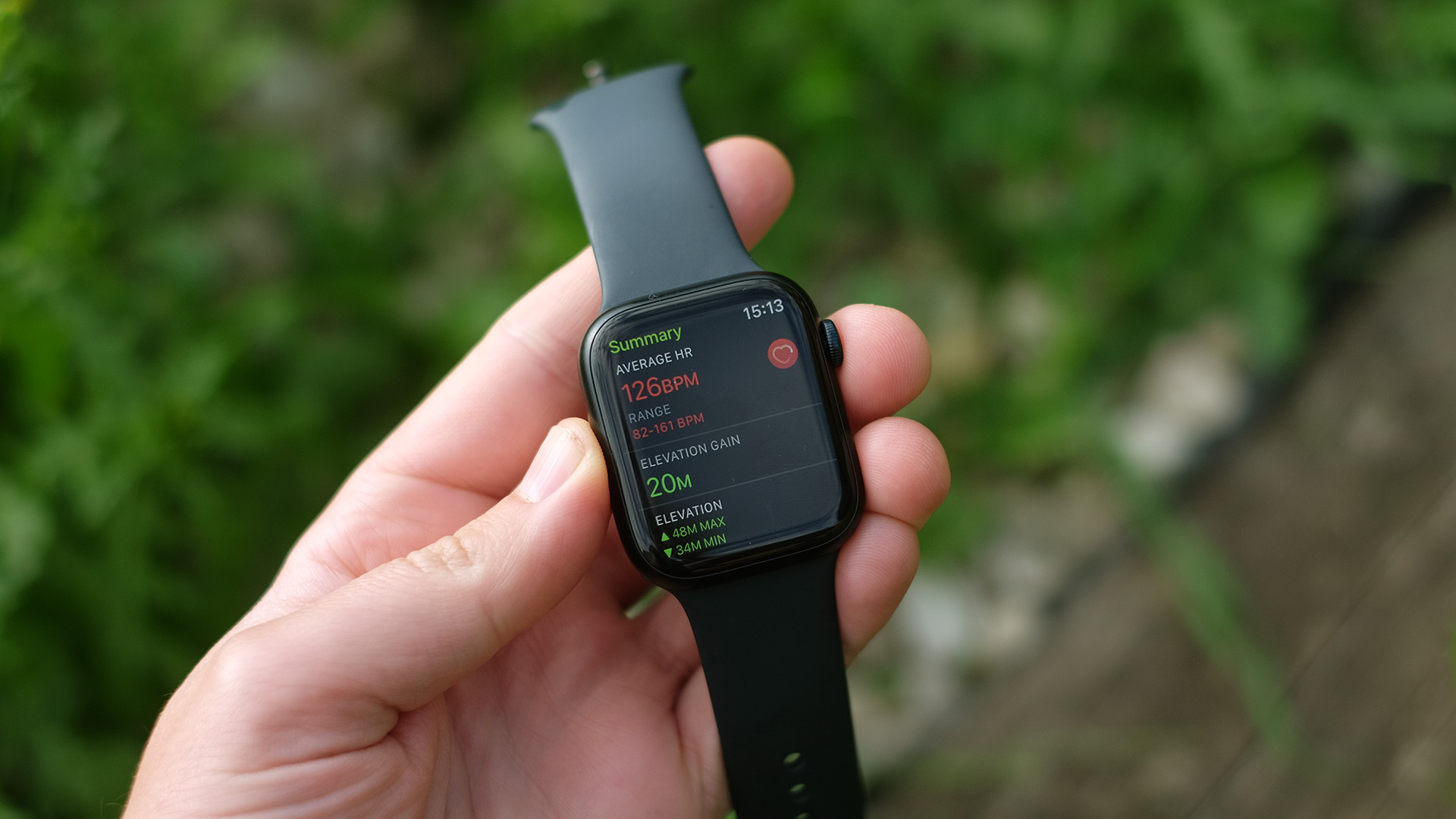
The Apple Watch Series 8 isn’t a huge upgrade on the Series 7, with temperature sensors to help with fertility tracking and crash detection functionality the only truly new features. Still, that’s not necessarily a bad thing since the product line is far beyond the capabilities of its competitors.
With its own version of the App Store with hundreds of Apple Watch apps, and the option to use third-party running options like Strava, it’s also got a large, bright display and an endless variety of strap options.
In fact, the biggest issue is its battery life. While Apple has added a new low-power mode, you’ll tend to get between two and three days if you’re not using it often or switch the “always-on” display off. That’s some way short of the competitors on this list.
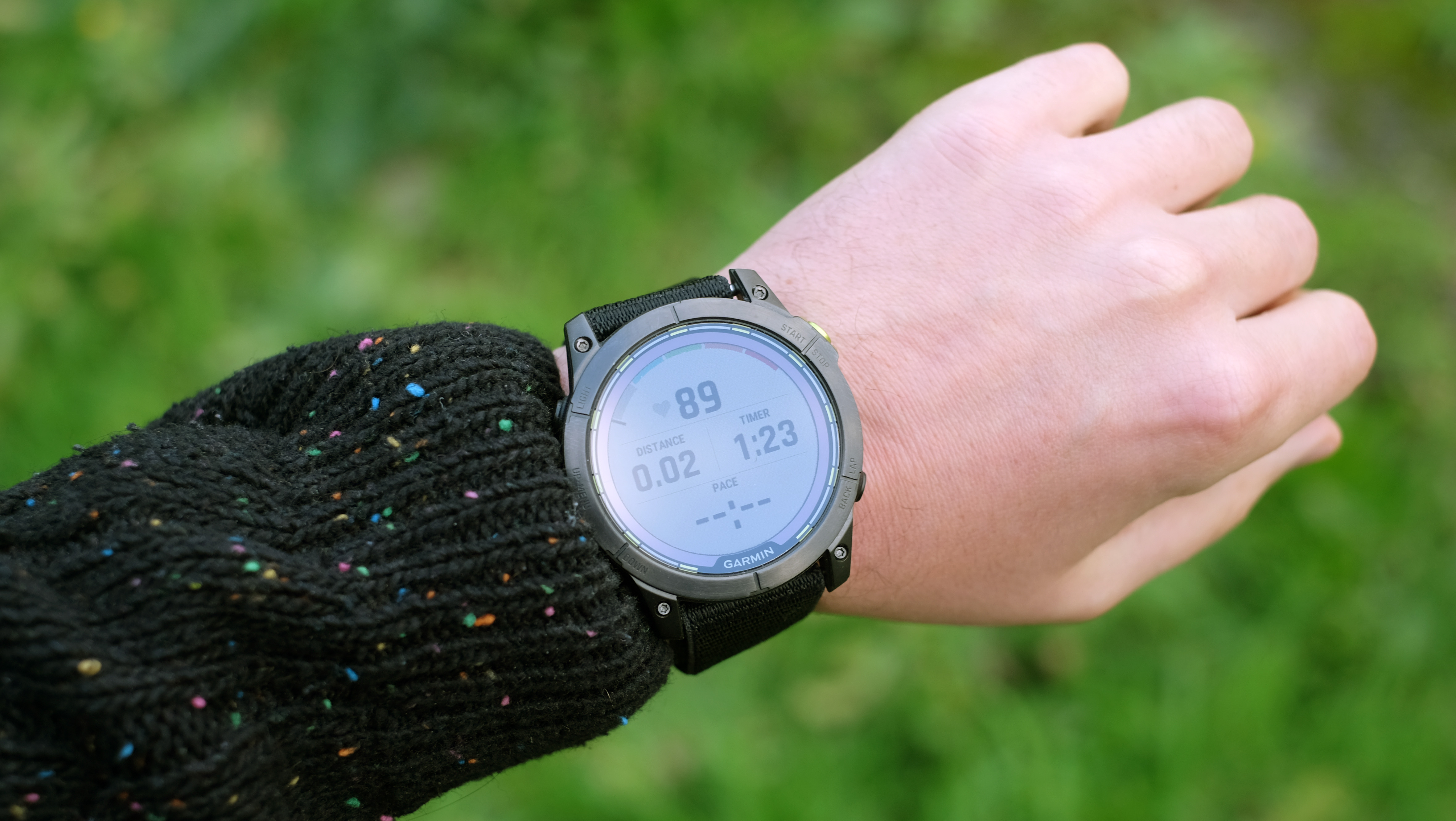
The Garmin Enduro 2 is not for newcomers to running and is squarely focused on the most hardcore cardio enthusiasts, with a price tag that starts at $1099 – twice that of the Apple Watch Series 8.
For one, it can last for longer than a month, and more than 40 days with solar charging. Despite its slate of features, it’s surprisingly compact and comfortable on the wrist – although those with smaller wrists may want to look elsewhere.
It offers both buttons and a touchscreen, excellent map support, and a “super bright” LED torch to help signal or keep an eye on what’s in front of you. If you’re new to running, it’s not for you, but if you’re preparing for an ultra-marathon or something just as challenging, you’ll find a lot to love.

Coros is a fairly new company. The Coros Pace 2 is a great running watch that focuses on a core set of features that won’t trouble the most expensive players, but certainly offers plenty to consider.
For one, it’s relatively affordable at $199 and offers 20-days of battery life, blowing the Apple Watch right out of the water. It still has a built-in GPS and it’s lightweight too, with a comfortable nylon strap.
Sadly, it’s not the easiest to use, and you can’t play audio directly from the device. Still, it’s a good-looking device, but you’ll want to clean the strap to avoid it retaining sweat and bacteria.
- Our full review of the Coros Pace 2 is currently underway.

This multi-sport option from Polar is priced well, and offers a circular display that looks great in all lighting conditions. It’s also got a design that makes it look like a Garmin offshoot, with a sense of ruggedness despite its lightweight nature (it’s only 64g).
The Polar Grit X’s secret weapon, though, is the Polar Flow app which is available on Android and iOS and lets users set goals and plan workouts across over 130 sports profiles. There’s automatic navigation too, so you can plot a route before your run, and daily workouts tailored to how rested you are.
The five-day battery life isn’t the best, though, and it lacks the option to stream audio on the watch itself or store maps offline.
- Our full review of the Polar Grit X is currently underway.
How do we test running watches at Live Science?
Finding the right running watch isn’t an easy task, with these complex bits of fitness kit now packing more innovative features than ever before. So, we made it our mission to simplify the process for you.
To do this, we got our hands on some of the best running watches on the market and set about testing them. As you’d expect, we made sure each one had all the metrics you need to track your runs; from pace and cadence to continuous heart rate tracking and an in-built GPS. We also checked any other features on offer, with many modern running watches (like the Garmin 6X Pro Solar) offering multi-sport tracking and health monitoring alongside the usual sport-specific running feedback.
After assessing everything each watch had to offer, as well as practical aspects such as their comfort and design, each one was awarded a score out of five stars.
How to choose the best running watch
Why you can trust Live Science
Our expert reviewers spend hours testing and comparing products and services so you can choose the best for you. Find out more about how we test.
The best running watches for some may not be the same for others, and there are a few things to consider when purchasing one.
Firstly, if you’re new to the hobby, you’re going to want to consider your budget. There are all-singing, all-dancing options that break the $1000 mark, but that doesn’t mean you should go all in. Naturally, if you’re a keen runner and want to get all of the features on offer, you may find a reason to go a little bigger.
Secondly, not all running watches are built equally, and while you’ll no doubt find an array of basic features across all of them (step and calorie tracking and heart rate monitoring), some add more data or more features than others. For example, if you’re planning to run a marathon, you may want something that offers a longer battery life, as well as built-in coaching to help you reach your distance or pace goal.
You may also want a watch that writes its data to third-party apps, like popular running app Strava, or that features a built-in GPS so you can leave your phone at home. Many even offer storage so you store music to play when you’re out and about.
If possible, it’s always helpful to try on a watch, too. Some are larger than others or come in multiple sizes, and users with smaller wrists may want to check strap sizes. This can often affect the display size, so be sure to pick one that’s easily readable in all conditions.
Finally, there are some watches that only work on Android or iOS, so your choice of phone could have a big bearing on the best running watch you can pick up.





